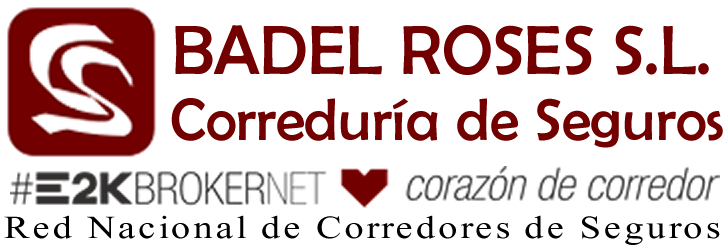
Discover the Best CFD Platform for Trading Success
Choosing the right trading platform can significantly influence your trading success. When it comes to Contracts for Difference (CFDs), finding the best CFD platform is essential for maximizing profits and minimizing risks. In this article, we will explore the key features that distinguish leading platforms in the industry and guide you on how to select the best CFD trading platforms to suit your trading needs. Our insights will help you navigate the evolving landscape of trading, ensuring that you make informed decisions and become a successful trader. Explore our guide to best cfd platform best CFD trading platforms to enhance your understanding and effectiveness in the world of online trading.
What is a CFD Platform?
A CFD platform is an online trading platform that allows traders to speculate on the price movements of various financial assets without actually owning them. By trading CFDs, investors can benefit from price changes in stocks, commodities, indices, and cryptocurrencies. Instead of buying the underlying assets, traders enter into contracts with brokers, allowing them to go long (buy) or short (sell) in anticipation of price movements. This flexibility is one of the main attractions of CFD trading.
Key Features of the Best CFD Platforms
When evaluating CFD platforms, several key features can help determine their suitability for your trading strategies. Here are some of the most vital features to consider:
1. User-Friendly Interface
An intuitive and user-friendly interface is crucial for both beginner and experienced traders. The best CFD platforms offer clear navigation, easy access to various tools, and a customizable layout, making it simple for users to find what they need without unnecessary complications.
2. Variety of Instruments
Leading CFD platforms provide access to a diverse range of instruments. From major forex pairs to stock CFDs and commodities, the more options available, the better for traders seeking to diversify their portfolios and implement various trading strategies. Ensure the platform covers markets that align with your interests and expertise.

3. Leverage and Margin Requirements
CFDs allow traders to use leverage, helping them to control larger positions with smaller capital outlay. The best CFD platforms provide competitive leverage options, but it is essential to select a platform that maintains proper margin requirements to avoid the risk of over-leveraging. Always be cautious with high leverage, as it can amplify losses as well as gains.
4. Trading Tools and Resources
Effective trading often hinges on the quality of the tools and resources available to traders. Leading platforms offer various tools like charting software, technical indicators, news feeds, and educational materials. These tools equip traders to make informed decisions and improve their overall strategy.
5. Regulatory Compliance
Choosing a regulated CFD platform is imperative for the safety of your funds. Check if the platform is regulated by recognized financial authorities, as this ensures a level of protection for traders. Regulatory compliance also often translates to better transparency, customer service, and overall trustworthiness.
6. Customer Support
Effective customer support can make a significant difference in a trader’s experience. The best CFD platforms offer accessible, knowledgeable, and responsive customer support available through various channels such as live chat, email, and phone. This support is crucial, especially for new traders who may need assistance navigating the platform and managing their accounts.
Choosing the Right CFD Platform for You
With numerous options available, how can you select the best CFD platform for your trading needs? Here are some essential steps to take:

1. Assess Your Trading Goals
Understanding your trading goals and strategies is the first step toward selecting the right platform. Are you looking for long-term investments, day trading, or something else? Knowing your objectives will help you narrow down your options.
2. Research the Platforms
Take the time to research various CFD platforms. Look for reviews, comparisons, and user experiences. This research will provide insights into the strengths and weaknesses of different platforms, assisting you in making an informed decision.
3. Start with a Demo Account
Many reputable CFD platforms offer demo accounts for traders to practice and familiarize themselves with the trading environment without risking real money. Utilize these accounts to assess the usability and features of the platform before committing financially.
4. Evaluate Fees and Commissions
Before choosing a CFD platform, it is crucial to evaluate the fees and commissions they charge per trade or transaction. Some platforms may offer spreads, while others charge fixed commissions, impacting your overall profitability. Ensure that you understand the cost structure and how it affects your trading strategy.
5. Read the Fine Print
Finally, always read the user agreement and terms and conditions of any platform you consider. Understanding the rules, regulations, and potential risks associated with trading on that platform will prepare you for any challenges that may arise.
Conclusion
Finding the best CFD platform involves careful consideration of various factors, including usability, available instruments, leverage, regulatory standards, and customer support. By thoroughly researching and evaluating different options based on your trading goals, you can identify the ideal platform that aligns with your needs. As trading evolves, staying updated on the latest trends and platforms in the CFD market will also contribute to your long-term trading success. Remember, the right platform can enhance your trading experience and provide the tools necessary for making informed decisions in the fast-paced world of financial trading.

